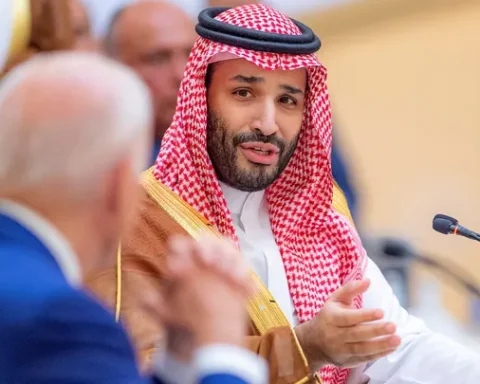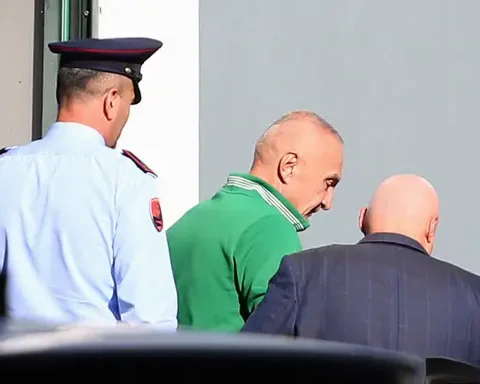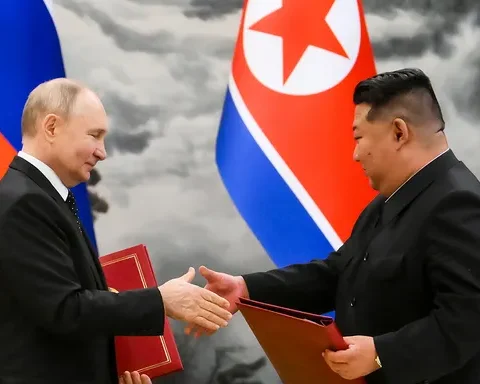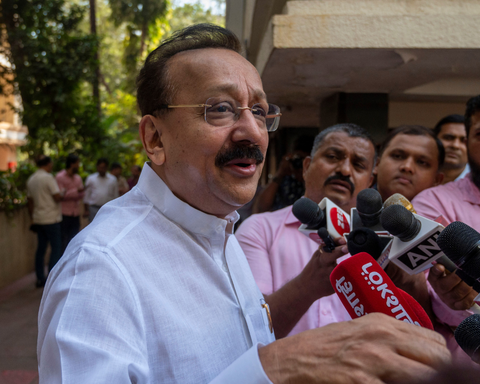This week, amidst escalating tensions with the West, Belarus initiated nuclear drills following Russia’s announcement that it would conduct similar military exercises. The maneuvers involve both nations showcasing their atomic capabilities, coinciding with Russian President Vladimir Putin’s inauguration to a historic fifth term. This military collaboration highlights the deepening strategic ties between Belarus and Russia, particularly in response to Western involvement in the Ukraine conflict.
Nuclear Maneuvers Amidst Geopolitical Tensions
Belarus launched its nuclear drills on Tuesday, employing missiles and warplanes that can carry tactical nuclear weapons—a capability bolstered by Russia’s recent deployment of such armaments to its ally. The Belarusian Defense Minister, Viktor Khrenin, specified that the exercises would include Iskander short-range missiles and Su-25 fighter jets. According to official statements, these developments directly respond to Western nations’ potential deepening involvement in Ukraine.
Putin’s Fifth Term: A Symbol of Continued Strength
The timing of these drills is significant, coinciding with Vladimir Putin’s inauguration to a fifth term as Russian President. During his inauguration, Putin vowed to prioritize Russia’s security and stability. The concurrent military drills underscore Russia’s readiness to demonstrate its military prowess and its strategic alignment with Belarus, especially concerning the ongoing conflict in Ukraine.
Strategic Implications of Nuclear Deployment
The strategic deployment of tactical nuclear weapons to Belarus, with its extensive border with Ukraine and proximity to several NATO members, enhances Russia’s military leverage in the region. Unlike intercontinental ballistic missiles, the tactical nuclear weapons involved in these drills are designed for battlefield use, offering a quicker response capability and a broader range of target options within Eastern and Central Europe. Russian and Belarusian leaders portray this deployment as a countermeasure to perceived Western military threats.
Defense or Provocation? Belarus’ Stance on the Drills
Belarusian President Alexander Lukashenko defended the drills, describing them as “exclusively defensive.” He emphasized that the presence of Russian nuclear weapons in Belarus serves as a deterrent against potential aggression. The drills involved intricate operations such as moving nuclear warheads to military units and practicing covert maneuvers, simulating a defensive response to an attack.
International Reactions and Concerns
In contrast to the official narrative, Belarus’ opposition leader, Sviatlana Tsikhanouskaya, expressed grave concerns about the implications of hosting Russian nuclear weapons. After meeting with NATO Secretary General Jens Stoltenberg, Tsikhanouskaya argued that the presence of these weapons not only makes Belarus a target but also poses a significant threat to the safety and health of all Europeans.
The recent nuclear drills by Belarus and Russia highlight a critical juncture in Eastern European geopolitics, reflecting both nations’ strategic defense initiatives and the broader implications for regional security. While the leaders of both countries frame these maneuvers as defensive, international observers and opposition figures warn of the potential dangers associated with escalating military postures. As tensions continue to mount, the global community remains vigilant about the ramifications of these developments on international peace and stability.







